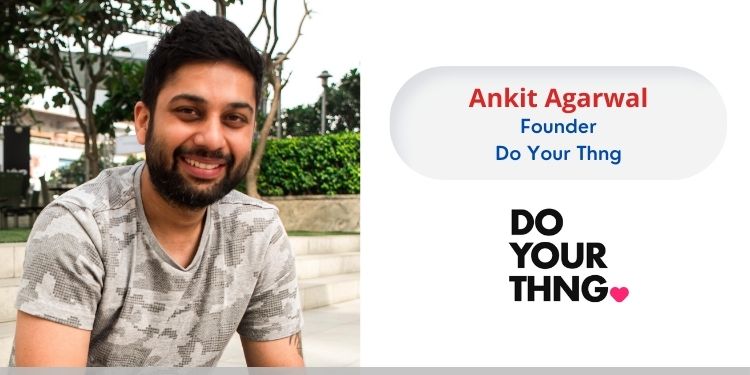The growth of the Creator Economy has been a Cambrian explosion. Take just YouTube, for instance. It’s reached over 1 billion hours of content consumption per day. Powered by tens of thousands of creators and their communities, the platform contributed INR 6,800 to the Indian GDP.
As much as this hockey stick growth boggles the mind, it gives a very narrow lens view. Crack open the creator economy, and it is transparent that only a molecular number of creators make a living from content creation. This needs to change because for the ecosystem to thrive, the creators have to survive first.
Beginning as a creator
Every aspiring creator looks to do three things. The first is to build a community, an engaged group of fans, that is interested in their content. At this stage, they need tools to make content and connect with their audience. Platforms, from YouTube to Chingari, largely fill this space.
The second, after they’ve cultivated the community, is to monetise their content. The lion’s share is earned through brand campaigns, at least for Indian creators. It’s only lately that creators have branched into subscription-based earning due to the rise of platforms.
The third is to earn an actual living out of content creation, i.e., to carve out a path that turns what they love to do into a sustainable career. It’s at this stage that being a solo creator becomes harder.
Carving out a struggling path
Besides the pressure to keep creating winning content and constantly engaging with the community, the creator has to figure out how to run a business. They begin experiencing all the typical struggles young businesses do – from not knowing their true worth to ensuring invoices get paid on time.
Take, for example, the simplest and most prevalent problem: payments. An established creator may have a team to grapple with accounting and finances. However, a mid-level creator tussles with the process that begins with creating invoices, moves on to sharing them with brands and ends with collecting the payment.
Look at creators as micro-entrepreneurs, and their aches and pains become crystal-clear. They need business tools that meet their specific needs: an invoice generator, a calendar to plan campaign content and set alerts, or back-end support to take care of legalities and agreements, at the very least.
Making the business side easy
There are independent tools that ease a creator’s grind, and some are even geared directly at them. But each focuses on a particular vertical, like planning and management, finances, analytics, or payments. They mean little to a fledgeling content creator because adding more apps and tools to their tech stack merely amplifies their struggle. That is if they can afford to subscribe to them in the first place.
What creators need is a one-stop shop to run their whole business. The solution has to be economically attractive, considering mid-level creators still haven’t reached a place where they shell out large amounts. And it must have, if not all, then most, tools and resources that they can utilise to reach the next rung of the ladder.
Offering more than monetisation
Much of what is visible to the public is what creators agree to show. It’s often limited to their content and their community. Behind the scenes, there are a host of little and big things that pile up to form a full-fledged business. And only 1% of the creators in the ecosystem have the means to run and then re-invest in their business.
It’s building a vicious cycle; where top creators keep expanding their market dominance while new and young creators get pushed down further. Because the industry can only advance when the entire creator community is strong, the ecosystem’s biotic components – startups and brands – must think beyond providing monetisation avenues to creators.
The focus has to shift towards investing in a steady stream of tools and resources, offered all from one place to help emerging creators navigate the choppy waters of the creator economy.
Article is authored by Ankit Agarwal, Founder, Do Your Thng
















